This 25-year-old makes clothes for the disabled. She’s still finding acceptance in the design industry

Will and Well founder Elisa Lim posing with one of her outfits in her home studio. She acknowledges that persons with disabilities have different challenges, and so recognises the need for customisation. (Photo: Aqil Haziq Mahmud)
SINGAPORE: In June 2017, fashion design student Elisa Lim capped off her final-year project for Lasalle College of the Arts with a runway show – but not the usual kind.
One of her models drove down the runway in a wheelchair, dazzling the audience in clothes specifically designed to be more comfortable and accessible for those who sit for extended periods of time.
After the show, the wheelchair-bound model approached Ms Lim, tears welling up in her eyes. “I got worried and asked what happened there,” Ms Lim, now 25, told CNA at her little studio in her Bukit Batok flat.
“She said: ‘I’m just really touched that you’re doing something not based on us being just a subject. But these apparels do bring a difference in the way we dress up, the way we feel about ourselves.’”
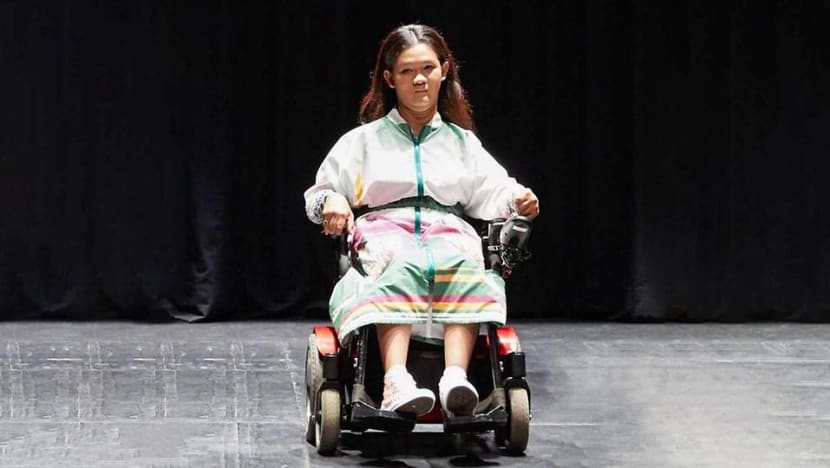
That stamp of approval was more or less the start of the journey for Will and Well, the fashion label Ms Lim founded in August that year to make inclusive yet attractive apparel for those with disabilities or special needs.
But as she approached design industry players to seek grants and support in the fledgling months of her business, one particular conversation brought her crashing down to earth.
“The first thing she asked me was: ‘Do you plan to continue doing this?’” Ms Lim recalled. “I was like: ‘What? You don’t even care about the business. What you ask is based on your assumptions that this wouldn’t last long. Where is that coming from?’
“And so that caught me off guard. That was when I realised that we have not been acknowledged by them.”
RUNNING OUT OF CASH
In the “lonely” journey of starting a business from scratch, a lack of recognition was not the first struggle Ms Lim has had to overcome.
About six months after launching Will and Well, recurring costs like studio rentals and web hosting fees meant the S$10,000 she had set aside for the business ran dry.
“I felt like I was missing out a lot on opportunities such as a stable income, the comfort of just working five days a week, from a certain time to a certain time,” she said.
“And I feel like after you graduate, you should hold up some responsibilities as a daughter, and give back in that sense. But when you’re starting out, you’re using all your savings; you barely have anything else to contribute.”
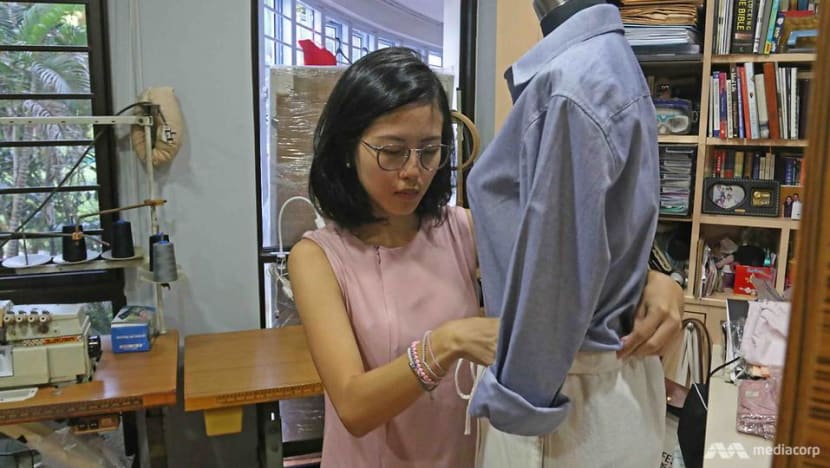
To earn some cash, Ms Lim took up a part-time project management job at a company that makes maternity products. It was still in the realm of design, so she loved the job and clicked with her colleagues. She was eventually offered the role permanently.
“I was like: ‘I can’t do that.’ That was tough, because right in front of you was an opportunity for you. And I just won’t do that,” she said, her voice trailing off.
THE EARLY DAYS
But to understand why Ms Lim believes so fiercely in her business, you have to go back to the start of her journey, before Will and Well and even before she started dabbling in inclusive fashion.
In secondary school, the self-confessed sports junkie was forced to stop ballet and playing netball after hurting her knee in a long-term injury. Her dad, worried about her “going downhill”, encouraged her to pick up a new hobby.
Ms Lim chose sewing, “out of spite” more than anything else. Because if grandmothers could do it while sitting around, she thought, so could she.
She soon discovered she had a flair for sewing and eventually fell in love with the craft. She wanted to see where it could take her, so she enrolled in Lasalle after her O-Levels with a view of entering the fashion industry.
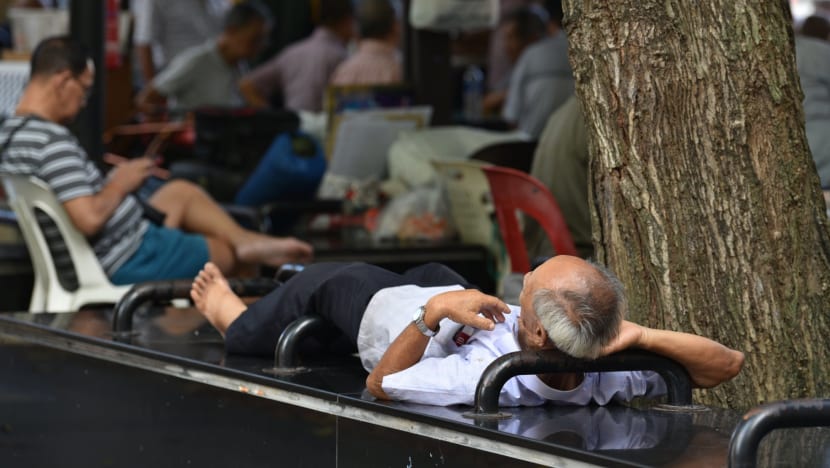
In the third and final year of her diploma, Ms Lim was approached by a doctor to make clothes for elderly and bedridden patients he attended to at their homes. “I thought that was something worth looking into,” she said. “That was something that I would very much like my craft to be able to contribute to.”
That was when she saw how some people spent most of their days just lying in a bed in the living room, barely moving and refusing to switch on the fan or air-conditioning for fear of getting cold.
“So it was that kind of environment that also gave insights as to the choice of material we should use,” she said. “It’s very different from the typical fashion design process.”
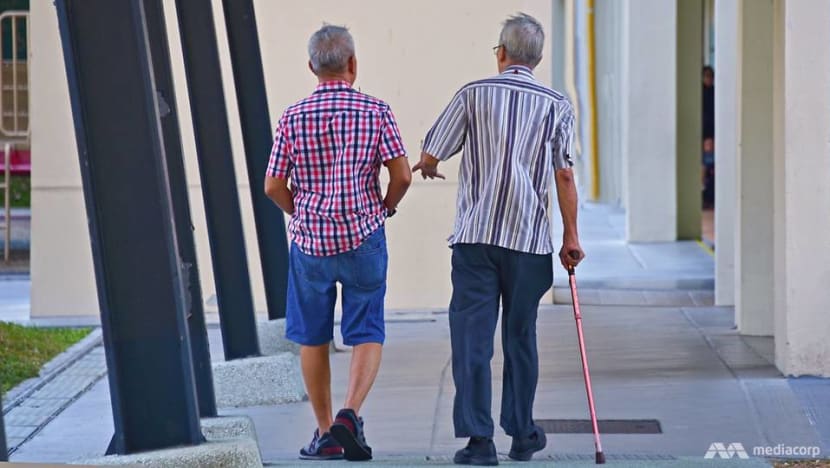
Ms Lim decided that she could not walk away from the problems those in need face with clothing and dressing up.
“It’s really when you hear the challenges and needs of these people ... you know in your head that you have solutions. If I don’t do anything about it, they won’t ever get those solutions,” she added.
“I always question myself if it is fair that after you take people’s time to hear about their stories, then you just say: ‘Bye, too bad.’ I can’t do that.”
A BRAND IS BORN
But to see if there was space in the Singapore market and society for a niche inclusive wear brand, Ms Lim needed to do some serious research. She did this over the next two years while getting her fashion design and textiles degree at Lasalle.
She studied examples in the US and UK and discovered that even with such large markets, clothing brands catering specifically to dementia or wheelchair-bound patients could not survive. When it came to Singapore, she found that the market formed only a tiny portion of the population.
It was clear that going niche was a no-go, but Ms Lim didn’t give up. She spoke extensively to patients and caregivers and listened to their clothing problems. The eureka moment came when she asked one beneficiary what she thought was most important when dressing up.
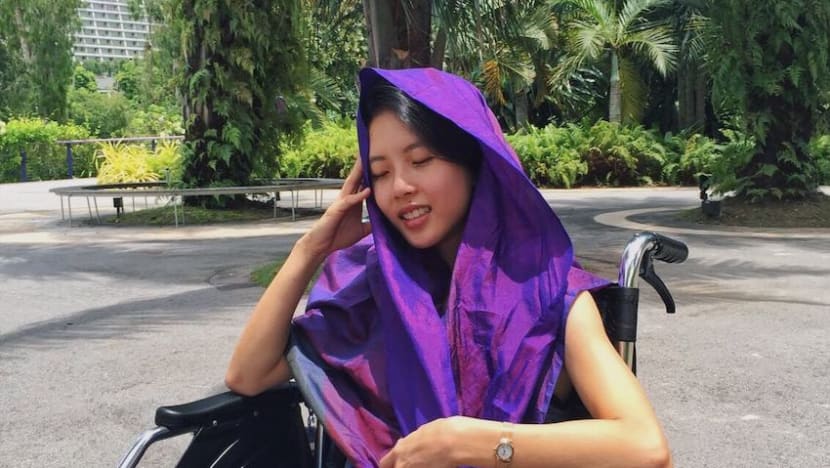
“She said: ‘First it has to look good on me. And then sure, if it makes it easier for me ... it will be like a bonus for me.’ That was when my perspective really changed,” she said.
“Everyone wants to look good when it comes to dressing up. It’s important for physical well-being with the function, but you have to acknowledge that fashion has the capacity to give you an identity.”
This fitted nicely with something Ms Lim observed on her commutes on the MRT, specifically at the station lifts: “They designed that for the minority – for persons with disabilities, pregnant women and the elderly. But more often than not, you see the abled people dashing into the lift first.
“I wish people were more considerate, but it means that the design is very successful, so much so that everyone wants a piece of it.”
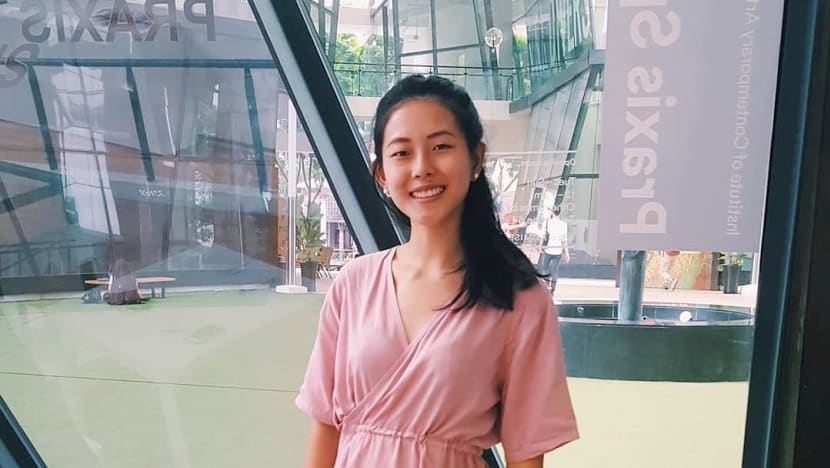
This would become her design ethos: Creating clothes that were first and foremost attractive, but with inclusive yet subtle features that could benefit everyone. One example is a dress with a seamless front zipper so it doesn’t need to be zipped up by someone else. Ms Lim was proudly wearing one during the interview.
Will and Well had finally found its space.
ONE-PERSON OPERATION
This brings you to Ms Lim’s final-year project and then getting thrown into the deep end. Like many start-ups, she’s had to do everything pretty much on her own.
She consults clients for about an hour each time, then designs their clothes, sources for fabrics and conducts quality checks on the finished outfits. If her usual tailor is not around, she sews the clothes herself, often through the night.
Then there’s the business side of things, a different animal, as she puts it. It’s crafting her brand and marketing it, doing the accounting and crunching the numbers. She’s thankful for the three part-timers who help with Will and Well’s website, social media and branding.

At the same time, she kept looking for that huge business partnership, one that could instantly make Will and Well succeed. She contacted hospitals, elder homes and even beauty companies that required flexible uniforms for their constantly moving workers. Things moved slowly.
“We were trying to enter into that, but it was tough,” she lamented. “It still is, because of the way they run things. There’s budgets and all that. And it’s really not the normal production standard to have design incorporated.”

But Ms Lim persisted in putting her brand out there. She organised basic design and sewing workshops, participated in pop-up store events, and showcased her outfits in physical and experiential spaces targeted at eldercare.
She also moved her studio, or what she affectionately calls her “sweatshop”, to her flat. It is a cosy nook filled with sewing machines and piles of fabric, separated from the dining room by a large glass window plastered with colourful post-it notes on her business.
WHAT KEEPS HER GOING
The perseverance began to pay off.
Through word of mouth, Ms Lim managed to get clients – including a stroke survivor and a wheelchair-bound lady who had just gone for hip surgery – who need apparel customised. She’s made for them easy-to-wear trousers and blouses with long zippers and Velcro straps.
Last November, Will and Well finally launched its own line of inclusive wear, featuring clothes that Ms Lim knew would benefit the most people. This includes easy-to-wear midi dresses and long-sleeved shirts with front zippers and magnetic buttons. Having a catalogue also made it easier for people who wanted to know what the brand was all about.
She's priced her e-commerce line at S$29 to S$89, while custom pieces can go from S$120 to S$300.
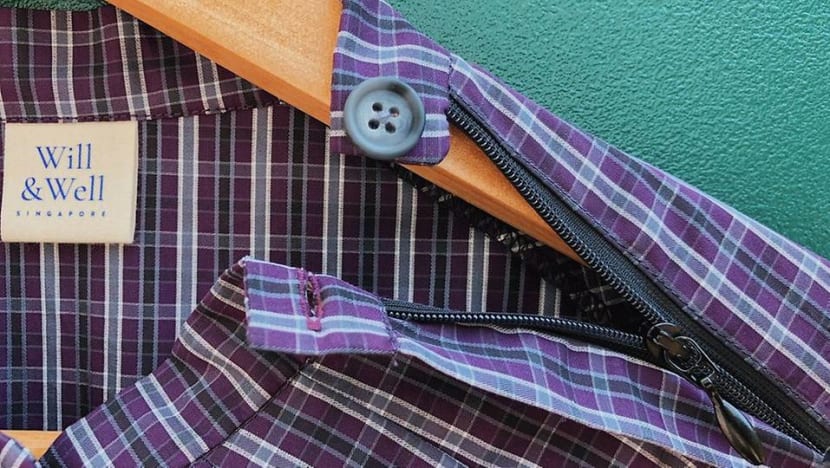
The orders and glowing reviews have kept coming in.
One of her newest clients is a girl with one hand who will enter Primary 1 next year. Because her physical education attire had buttons, her mother was concerned that she would take too long to get dressed for the class. So Ms Lim will design a uniform with magnetic fastenings, but with the usual buttons still intact so it doesn't look different.
The post-hip surgery patient loves Will and Well’s garments so much, she’s asked her daughter to buy a few more pieces. Abled customers played with the magnetic buttons on their clothes and said the garments fit them perfectly. These were things that made Ms Lim smile.
“You will take those (stories of satisfied customers) anytime over anything,” she said. “These are the things that stick with me.”

But perhaps the biggest encouragement came when Ms Lim was featured in a documentary about Singapore’s design industry, especially as the nation prepares to use design to solve problems and create new markets under a 2025 masterplan. The documentary is expected to be released in the second half of 2020.
“The first time I met with the producer, I cried in front of him,” she said. “Because that was the first time I had that kind of conversation. And to have Will and Well being acknowledged as a design-focused company, and that we belong to the design industry, it was something that meant a lot to me.”
DREAMING BIG
Moving forward, Ms Lim revealed that she’s looking to hire her first full-time team member “soon”, and that she’s speaking with a few potential business partners. It’s still early days, however, and she can’t say much due to non-disclosure agreements.
Beyond that, she wants to expand to other countries in the region, pointing out that while there are similar brands in the US, the Southeast Asian market might find it less accessible with differences in design preferences and sizing.
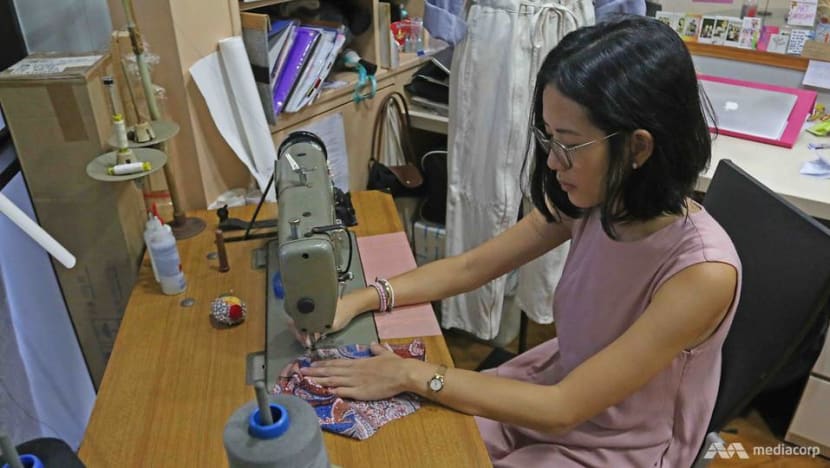
Ms Lim also hopes recognition from the industry continues, insisting that inclusive wear is an extension of the industry and that she wishes for Will and Well “to be home in that sense”.
“Why does it have to be so exclusive?” she asked. “Why does it have to be only aesthetics-focused?”

Indeed, Ms Lim sees a future where inclusive fashion becomes normal.
Her dream is to be able to do a collection with a mainstream brand. “When that happens, then I would see that a lot of different brands would also do something about it,” she said.
“Till then, maybe I can explore other playgrounds. But for as long as I am still doing it alone, I have to continue it. I have to. If not, when else? How else?”














